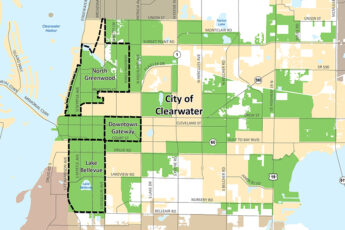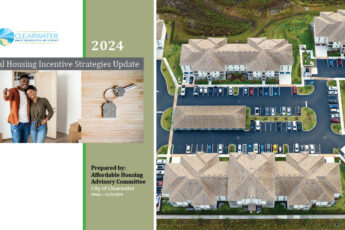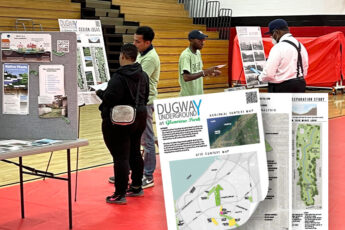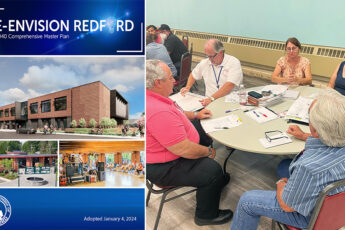By Adam Young, AICP
Demographic shifts across the country impact communities in a variety of ways. A growing population demands more amenities and services, and an increasingly diverse population demands more choice. A diverse population wants choices in where they live, such as an urban neighborhood, suburban setting or small town; the type and affordability of living spaces, such as a single-family, detached home, apartment, or townhouse; where they shop; and preferences for entertainment, recreation and social interaction. An aging population requires housing and services catering to their needs, including the desire for active living.
Whether a community is suburban or rural, a one-size-fits-all approach to planning and land use policy is no longer responsive to the needs of citizens. Housing is a great example. The housing stock of many communities is dominated by the single-family detached home. Thus, the potential to attract or retain growing segments of the population who do not prefer or cannot afford this housing type is limited.
One way to address this is for community leaders to evaluate their land use policies and codes. In many cases, codes are written in such a manner as to prohibit non-traditional housing types throughout much of the community. Codes should be revised to allow and encourage a more diversified housing stock in appropriate locations and to include non-traditional housing types such as townhouses, attached units, live/work units, accessory dwelling units, and active senior living.
Davison Township Case Study
Davison Township, a growing community near Flint, MI, has historically functioned as a rural area but has transitioned to a more suburban context over the last several decades. Recognizing changing demographics as a trend with significant future impacts, the Township brought Wade Trim in to help them move forward with a housing-focused update to its Master Plan, entitled “A Plan for Housing Choice.”
Like many suburban communities, Davison Township found, through a housing gap analysis study, that their housing stock was dominated by two types of housing: single-family detached homes and traditional apartment units. The Township’s zoning regulations had encouraged and incentivized these housing types. Modifying the Township’s zoning ordinance to address this issue was one recommendation of the Master Plan. As an educational component for citizens and prospective investors, Wade Trim worked with Township leaders to craft a “developer’s guide” illustrating best practices for housing design that allows for variety in type, density and affordability. This additional deliverable to the updated Master Plan helps citizens and prospective investors understand that diversity in types of housing is necessary for Davison Township to retain and attract an increasingly diverse population.







